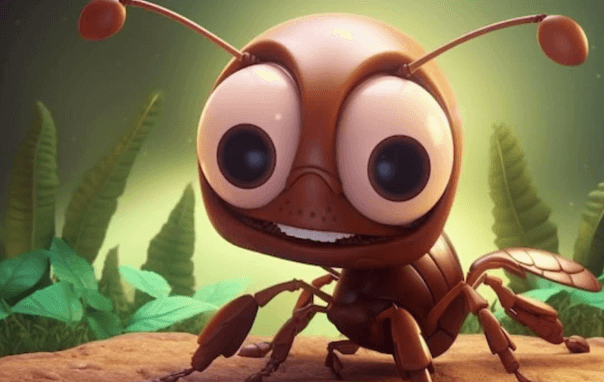Cute:-Wndmrnomb4= Ant

The allure of cute ants, particularly those adorned in vibrant blue and orange hues, extends beyond their aesthetic appeal; these species exemplify complex behaviors and remarkable ecological roles. Their cooperative foraging not only displays intricate social structures but also emphasizes teamwork essential for survival. As we explore their unique features and behaviors, it becomes evident that these tiny creatures play a significant role in maintaining ecological balance. Yet, the question remains: how can we ensure the preservation of these captivating species amidst growing environmental threats?
Unique Features of Cute Ants
Cute ants exhibit a variety of unique features that set them apart from their more traditional counterparts, including distinctive coloration, intricate patterns, and charming behaviors.
Colorful ant species, such as the blue and orange varieties, capture attention with their vibrant hues.
Additionally, adorable ant interactions, like cooperative foraging and playful nest-building, showcase their engaging social dynamics, inviting admiration from those who appreciate nature’s wonders.
Read also Cute:9gy6neo-Aoq= Coloring Pages Printable
Fascinating Ant Behaviors
Ants display a remarkable array of behaviors that reflect their complex social structures and adaptive strategies for survival in diverse environments.
Cooperative foraging showcases their teamwork, allowing colonies to efficiently gather food resources.
Additionally, nest building demonstrates their architectural skills, as ants create intricate systems of tunnels and chambers to protect their young and ensure the colony’s overall success.
Importance of Ant Conservation
The intricate behaviors of ants not only reveal their adaptability but also highlight the critical role they play in maintaining ecological balance, underscoring the need for their conservation.
Habitat preservation is essential, as ants contribute to soil aeration, seed dispersal, and pest control.
Protecting these industrious insects ensures the health of ecosystems, allowing the freedom of biodiversity to thrive and flourish.
Conclusion
In the vibrant hues of blue and orange, cute ants symbolize the intricate tapestry of life within ecosystems.
Their cooperative behaviors and creative nest-building serve as reminders of the strength found in unity and collaboration.
As these tiny architects aerate soil and control pests, they embody the vital role of biodiversity in maintaining ecological balance.
The conservation of these remarkable creatures reflects a commitment to preserving the delicate connections that sustain the natural world, urging collective responsibility for future generations.





